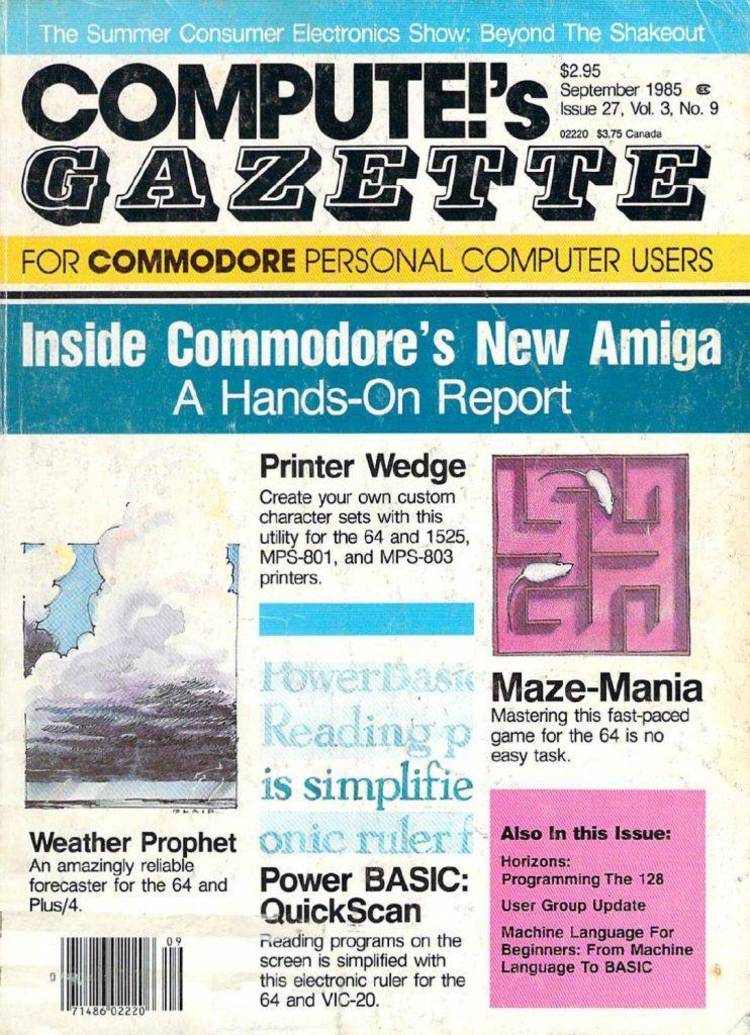Dec 052017
| PC Magazine utility package… Includes TYPEFAST, a utility to increase the type-matic rate on an XT or AT keyboard. | |||
|---|---|---|---|
| File Name | File Size | Zip Size | Zip Type |
| EDITDEMO.C | 2485 | 771 | deflated |
| KBBUFFER.ASM | 10608 | 2747 | deflated |
| KBBUFFER.CTL | 573 | 508 | deflated |
| PRINTCAL.C | 16541 | 3980 | deflated |
| SHOWEA.C | 9787 | 2764 | deflated |
| SHOWEA.DEF | 64 | 64 | stored |
| SHOWEA.EXE | 15993 | 8612 | deflated |
| SHOWEA.MAK | 158 | 98 | deflated |
| TPFST-AT.ASM | 5831 | 1661 | deflated |
| TPFST-AT.BAS | 3088 | 1180 | deflated |
| TPFST-AT.COM | 435 | 376 | deflated |
| TYPEFAST.ASM | 20944 | 4471 | deflated |
| TYPEFAST.BAS | 6690 | 2208 | deflated |
| TYPEFAST.COM | 1165 | 949 | deflated |
| TYPEFAST.DOC | 2595 | 1141 | deflated |
Download File VOL9N08.ZIP Here
Contents of the TYPEFAST.DOC file
UTILITIES
MICHAEL J. MEFFORD
Vol. 9, No. 8
TYPEFAST and TPFST-AT
Purpose: To change the default keyboard typematic rate and initial delay.
TYPEFAST.COM is a memory-resident (TSR) utility that works with all
XT and later PCs and clones; TPFST-AT.COM is non-resident, but works
only with late-model ATs (BIOS date 11/15/85 or later) and with
XT 286, PS/2, and 386-based AT compatibles.
Format:TYPEFAST [m][,n] | [/U] | [N]
or
TPFST-AT [m][,n] | [N]
Remarks: Entered without any optional parameters, both TYPEFAST and TPFST-AT
default to a repetition rate of approximately 17 characters per second
(11 cps is the normal keyboard typematic rate) with a standard initial
delay of 1/2 second. The optional m parameter sets the repeat rate
and n sets the delay.
For TYPEFAST, the m values may range from 0 through 31 (the default is
2) and n values may range from 0 through 3 (default 3). For TPFST-AT
m values also range from 0 through 31, but in this case the default
value of 27 corresponds to the 17 cps repeat rate. TPFST-AT n values
range from 0 through 3 (default 1). The same numeric values for the
optional m and n parameters do not produce the same results in the
two progams, though in both cases the larger the number the greater
will be the repetition rate and the initial delay. When executed,
both programs show the appropriate syntax parameters on the screen.
A single parameter may be entered (preceded by a delimiting comma if
the first parameter is omitted) if the default value is satisfactory
for the missing value.
When installed, normally by being made part of an AUTOEXEC.BAT file,
TYPEFAST occupies approximately 300 bytes of RAM. The program can
subsequently be run again with new parameters without further memory
penalty. Subject to the usual TSR limitations, TYPEFAST can be
uninstalled by running it with the /U switch. The N option restores
the normal typematic rates.
Since TPFST-AT is not memory resident it cannot be uninstalled. To
revert to the normal typematic speeds simply use the N switch.
TPFST-AT provides slightly smoother response and permits the keyboard
to use slower or faster than normal rates. TYPEFAST, on the other
hand, provides better insurance against overshooting the desired
stopping point.
MICHAEL J. MEFFORD
Vol. 9, No. 8
TYPEFAST and TPFST-AT
Purpose: To change the default keyboard typematic rate and initial delay.
TYPEFAST.COM is a memory-resident (TSR) utility that works with all
XT and later PCs and clones; TPFST-AT.COM is non-resident, but works
only with late-model ATs (BIOS date 11/15/85 or later) and with
XT 286, PS/2, and 386-based AT compatibles.
Format:TYPEFAST [m][,n] | [/U] | [N]
or
TPFST-AT [m][,n] | [N]
Remarks: Entered without any optional parameters, both TYPEFAST and TPFST-AT
default to a repetition rate of approximately 17 characters per second
(11 cps is the normal keyboard typematic rate) with a standard initial
delay of 1/2 second. The optional m parameter sets the repeat rate
and n sets the delay.
For TYPEFAST, the m values may range from 0 through 31 (the default is
2) and n values may range from 0 through 3 (default 3). For TPFST-AT
m values also range from 0 through 31, but in this case the default
value of 27 corresponds to the 17 cps repeat rate. TPFST-AT n values
range from 0 through 3 (default 1). The same numeric values for the
optional m and n parameters do not produce the same results in the
two progams, though in both cases the larger the number the greater
will be the repetition rate and the initial delay. When executed,
both programs show the appropriate syntax parameters on the screen.
A single parameter may be entered (preceded by a delimiting comma if
the first parameter is omitted) if the default value is satisfactory
for the missing value.
When installed, normally by being made part of an AUTOEXEC.BAT file,
TYPEFAST occupies approximately 300 bytes of RAM. The program can
subsequently be run again with new parameters without further memory
penalty. Subject to the usual TSR limitations, TYPEFAST can be
uninstalled by running it with the /U switch. The N option restores
the normal typematic rates.
Since TPFST-AT is not memory resident it cannot be uninstalled. To
revert to the normal typematic speeds simply use the N switch.
TPFST-AT provides slightly smoother response and permits the keyboard
to use slower or faster than normal rates. TYPEFAST, on the other
hand, provides better insurance against overshooting the desired
stopping point.
December 5, 2017
Add comments
